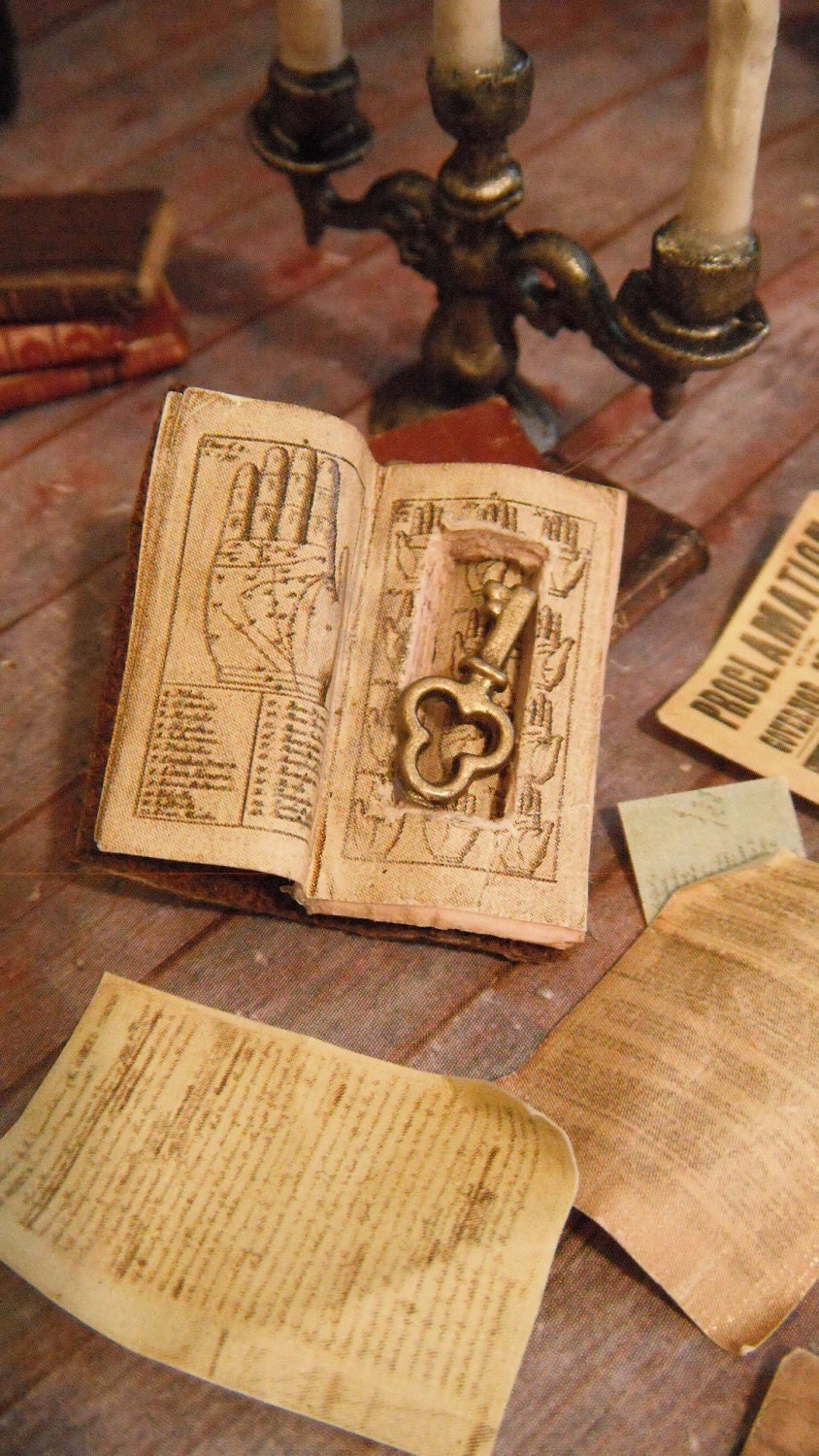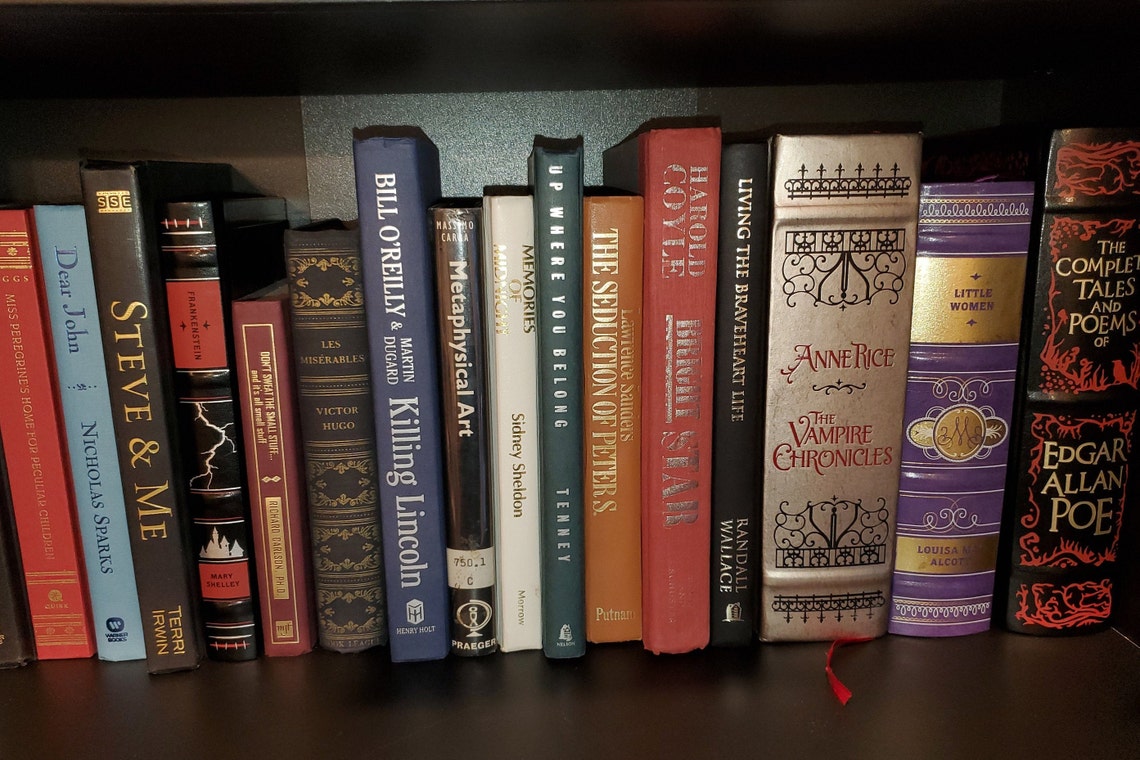

I’m not particularly fond of the common profiles either, so I use a dish-carving bit for this task instead. I use a single-speed router, which doesn’t allow me to use the large panel raising bits. Cut the solid pine panels (A, B) to size and using a table-mounted router, create the raised profile on the outer edges.All of the panel grooves in this project are 3/8″ deep and 1/4″ wide. Use a table-mounted router and a carbide spiral bit to cut the grooves that hold the panels (A, B) in place.These can be cut quickly and accurately with a router and jig, or by hand with a drill and a sharp chisel. For strength, the rails and stiles are assembled using mortise and tenon joints locate and cut these according to the plan. Build both sides at once, using the same machine set-ups to avoid alignment and assembly problems later.Dress it to a final thickness and width and then cut it to length. Try to choose clear, vertical grain stock. Begin by selecting your lumber for the rails (D, E) and stiles (C).The rails and stiles are vertical grain Douglas fir, and the panels are made of solid pine. The sides of the bookcase are constructed using frame and panel construction. To highlight the differences between the fir and the pine, I used Watco Natural Oil for the fir and Watco Cherry Oil for the pine. I used two different colours of stain on this project, and to make finishing easier and to keep any glue-related finishing problems at a minimum, I pre-finished all of the parts before assembly. There are four main sections involved in the construction of this project – the sides, the back, the boxes, and the shelves. The shelves are made from laminated pine shelf panels, and the back is frame and panel for rigidity, with the center panels being made up of 1/4″ solid tongue and groove pine paneling. If you can’t find wider boards, glue these up from narrower stock. My supplier had some nice wide pine boards, which allowed the side panels to be made from one solid board. The top, middle and bottom shelf boxes are fir and mahogany plywood, and the center panels, shelves and back are made of pine. In the case of the unit pictured here, the frame and fascia pieces are made from vertical grain Douglas fir.

The wood used in this project is sized so that all parts are readily available from any home centre or building supply store. As well as providing plenty of storage for your books, this design also contains three hidden compartments, which allow you to keep valuable items handy, yet out of sight. Plywood offers more weight-bearing capacity than particleboard, but for the ultimate in non-sagging bookshelves, solid wood is the way to go. As books are quite heavy in relation to their size, it isn’t long before the inevitable happens and the shelves start to sag under the weight. The mass produced units are usually poorly constructed out of particleboard, with a bad imitation of wood grain printed on them.


 0 kommentar(er)
0 kommentar(er)
